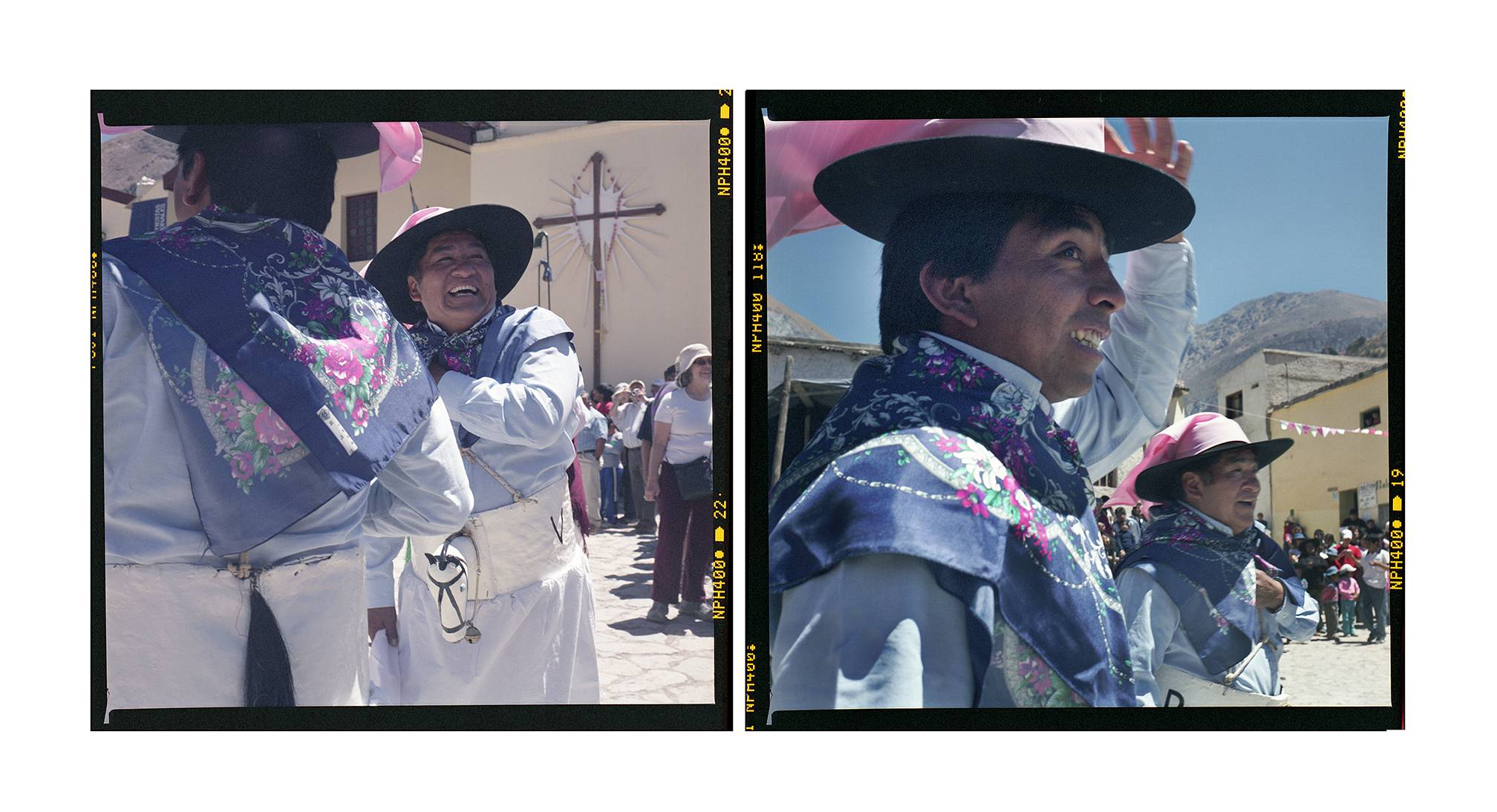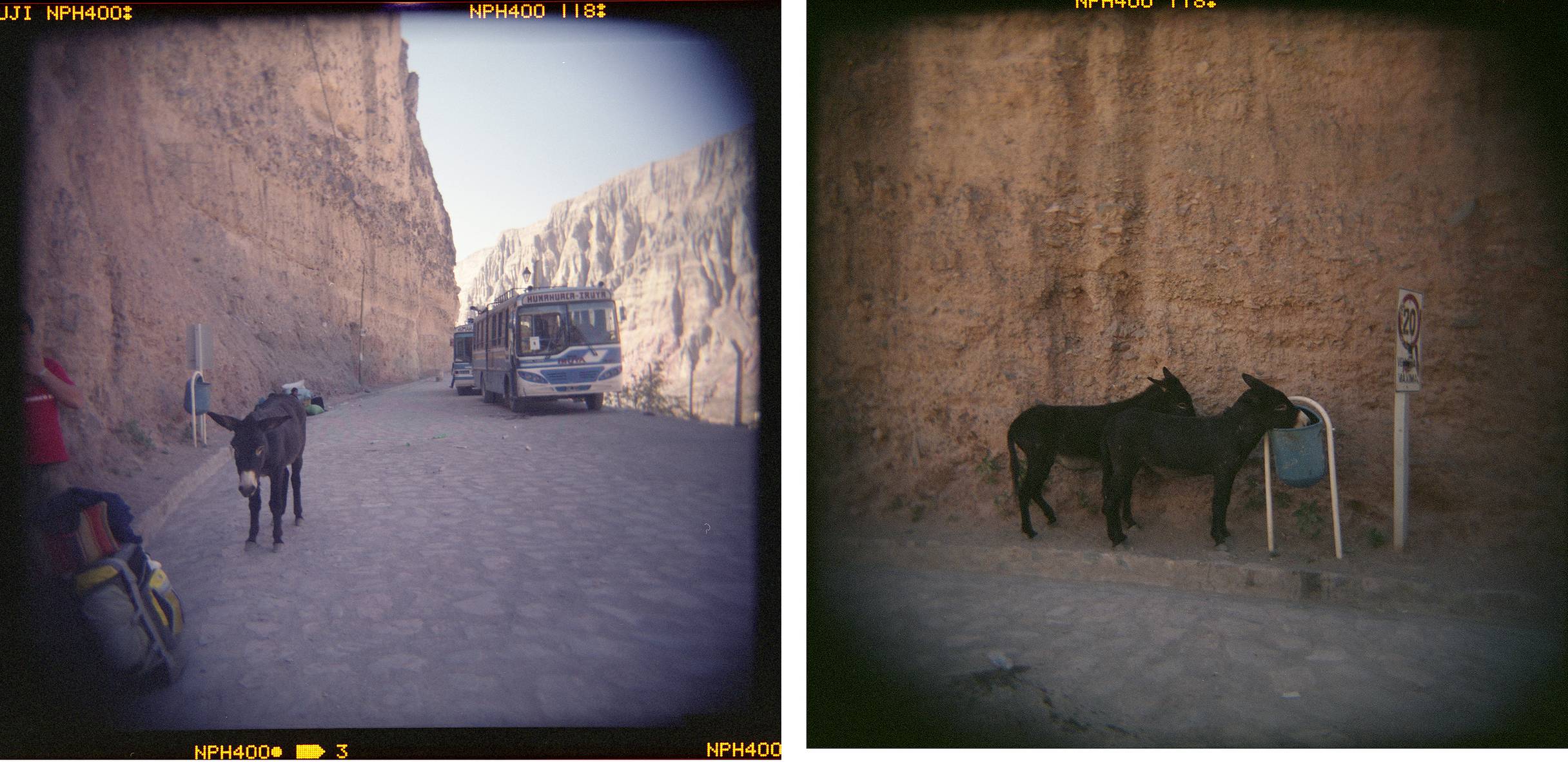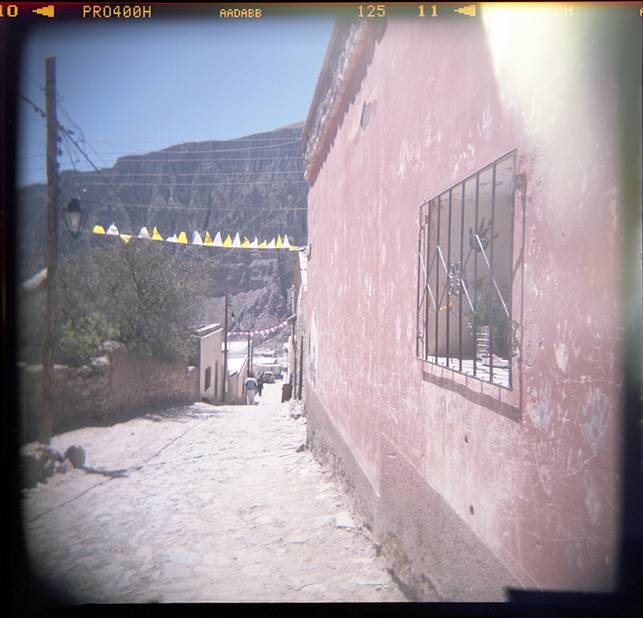My Favorite Places in Argentina: Magical Iruya and My Complete and Utter Fiasco of a Trip There
3 6 Share TweetThe remote village of Iruya is in a far-flung corner of the province of Salta but can only be accessed from the province of Jujuy. Set at the confluence of two rivers, the place becomes inaccessible in the summer due to flash floods. The perfect time to go here is anywhere from April to October. And the first weekend in October is Iruya’s busiest and most fabulous time: the community celebrates its annual Feast of Our Lady of the Rosary with one of the most archaic and colorful rituals in Argentina, which was, until fairly recently, a well-kept secret.

You can get to Iruya by taking a bus in the town of Humahuaca, Jujuy—itself the site of a world-renowned Carnival celebration with an indigenous flavor. It’s a long, dusty haul of over four hours of mountains and canyons (highest point on the trip will get to beyond 13,000 ft) until you get to where the buses have to turn around for the way back. Usually, they can bring you right to Iruya itself, a silent, dry place of about 300 people, at 9,300 ft. But with the celebration of the Feast, hundreds of indigenous kolla people come down from their mountain hamlets and villages to the improvised market that lines the road to Iruya. This is their last chance to buy anything that will tide them over until the following April, when it becomes possible to descend to Iruya again after the summer’s flash floods. So merchants put their stuff on blue tarps or snag one of the primitive stalls and camp out of their vehicles, while they sell aluminum cooking pots, grocery staples, plastic sandals, clothing, fresh fruit. The breadth of stuff for sale defies the imagination. Some of the stalls become restaurants for the duration, and a constant stream of people buy empanadas, tamales, and grilled lamb and goat.

The reason for the Feast is the myth of origin of the settlement itself: an apparition of Our Lady at the site where Iruya now stands. The celebrations start with a novena culminating on a solemn procession on the first Sunday in October. At regular intervals on the Friday and Saturday before, a sacred dance and play is enacted in the ample plaza in front of the Iruya Church. The ones taking part in the dance and play are “promesantes” (promissers) who have prepared for this ritual during the whole year. They wear traditional masks and each promisser takes on an established role—the most interesting ones (from a photographic point of view) are those of the six “Cachis,” who represent the community or, according to some sources, the original families who settled in Iruya. The start of the sacred dance is announced by loud “calls” from wind instruments and the sacred actors descend on the plaza from different directions.


The one dance I witnessed was over in 5 to 10 minutes, after which the participants disappeared into the church. I assumed the same ceremony would take place repeatedly until the Sunday procession.

I can’t remember how I found out about the Iruya Feast, but as soon as I did I started making plans to go on my next trip to Argentina. I got a reservation for a small inn right in Iruya, so I could spend a night and have an entire day to experience the Feast. The place is tiny and most tourists drive from Humahuaca or other areas in the Argentinean Northwest, and drive back the same night. The kolla people who come to the festival mostly to make a humongous buy of everything they might need for the next six months stay with family, friends, or just camp out in the open.
I had already planned on taking the bus from Humahuaca and back, and I did. But when I got to Iruya I found there was no room at the inn for me. Apparently, an anonymous somebody had created a fake reservation webpage and taken my U$100 full price for the one night I was supposed to stay. There were no other rooms available anywhere in tiny Iruya, they had been taken months in advance. I had no camping gear with me and wasn’t ready to take my chances out in the open by the dry riverbed. So I took the bus back to Humahuaca (another four hours!), slept there, returned to Iruya on the bus the following day, watched one dance, spent about an hour traipsing up and down the steep Iruya streets shooting, then took the last bus to Humahuaca for another four hours of hot, dusty roads.

To add insult to injury, so to speak, I had not thought out the issue of the bright, BRIGHT Andean light and the type of film I would need. So I took Fuji 400 film for my Holgas and my Yashica Mat TLR, and ended up with blown out highlights, washed-out negatives, and pretty much useless roll upon roll of overexposed film! What had I been thinking, really? I could have put Fuji Velvia 50 in any of my Holgas and gotten spot-on exposures because the light was so bright! But live and learn. From that experience on I travel with wide range of films and ISO.
So, if my trip to Iruya and its magical festival was such a complete and utter fiasco, why am I sharing this article with you? Well, you might want to go! There is no reason why you cannot learn from my mistakes and have a fabulous time there. Some suggestions:
- As mentioned in my previous article on Jujuy, be mindful of apunamiento (high altitude disease) and take precautions like munching on coca leaves and drinking lots of bottled water.
- If you go for the festival, I don’t recommend trying to get a room in Iruya itself. Either rent a car and go for one of the days of the first weekend in October, and drive back to Humahuaca as late as you dare, or take a sleeping bag with you and be prepared to rough it by the riverbed.
- When I went in 2009, there were no public facilities or bathrooms or porta-potties in Iruya and hopefully that has changed. However, lady photographers, if it hasn’t, be prepared to squat and have toilet paper on you at all times (which is great advise for a lot of places in the world, really.) The bus from Humahuaca stops anywhere on the road upon request and everybody gamely looks the other way. It’s a long ride, one has been chugging bottled water endlessly to keep apunamiento at bay. Nobody thinks it’s a big deal if you have to ask the driver to stop for a couple of minutes. Be nice and tip the driver upon arrival, whether you asked for a stop or not.
- Photographing the dance, the procession, the Cachis and characters in the sacred play is fine and expected. However, the kolla people that are visiting the market, as the rest of the indigenous people of Northwest Argentina will not want you to photograph them. Take your chances and ask for permission, hoist up your camera, smile, and look questioning, but be prepared to be denied every time. Old TLRs, plastic cameras of any vintage that can be shot from the hip are your best bet for getting people in their natural environment.

A last piece of advice: Iruya is overrun with the funniest, fiercest donkeys I have ever met. They are everywhere and they have learned that tourist backpack equates to food. Don’t leave your camera bag, purse, backpack or any of your belongings unattended. The burros will eat the whole thing in seconds flat.

Note: I have used a paper by professor Celia Aizicson de Franco from the University of Tucumán as the main source of information for the historic-folkloric roots of the celebrations in Iruya, plus other materials available on the internet.
Lorraine Healy (@lorrainehealy) is an Argentinean writer and photographer living in the Pacific Northwest. A long-time fan of plastic cameras and she is the author of “Tricks With A Plastic Wonder,” a manual for achieving better results with a Holga camera, available as an eBook from Amazon.com.
written by Lorraine Healy on 2016-09-21 #places #lifestyle #travel #120 #35mm #color #argentina #holga #mediumformat #salta #yashicatlr #disderi3robot #argentineannorthwest #iruya #local-festivals


















3 Comments